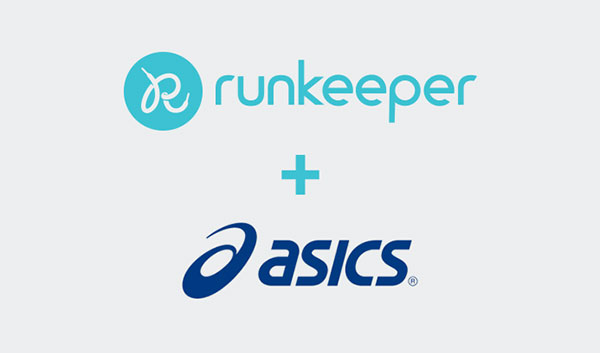Without a doubt if we were to mention two of the most popular apps used for tracking physical activity, among the names who first would jump to our mind we find Runtastic and Runkeeper. The first was recently acquired by Adidas for several million dollars, a fate that a few hours is also touched Runkeeper.
This time to have squirted load a large sum to ensure the performance of the app for fintess tracking was Asics. The Japanese brand known for its clothing products related to the world of the race, and not only, has concluded an agreement in these hours for the possession of the application that currently has over 40 million users.
Asics is preparing the country to enter into the mobile market with almost surely revolt partnership to the future development of wearable devices based precisely on the platform at this time acquired. CEO Runkeeper was keen to reassure users informing them that in any case the experience of use will not change.
This time to have squirted load a large sum to ensure the performance of the app for fintess tracking was Asics. The Japanese brand known for its clothing products related to the world of the race, and not only, has concluded an agreement in these hours for the possession of the application that currently has over 40 million users.
Asics is preparing the country to enter into the mobile market with almost surely revolt partnership to the future development of wearable devices based precisely on the platform at this time acquired. CEO Runkeeper was keen to reassure users informing them that in any case the experience of use will not change.

Comments
Post a Comment